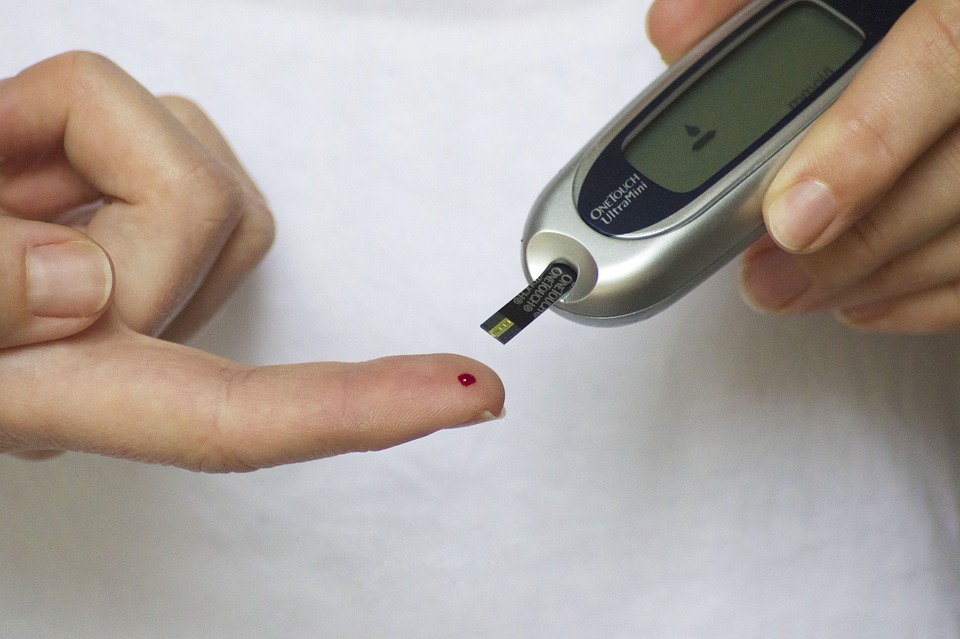A Patient’s Guide To Blood Tests
One of the most important factors in determining the accuracy and reliability of a lab test report depends upon the patient, as samples are taken from the patient’s body itself, in the form of blood, urine or other specimens, which are examined to draw a final conclusion.
Pre-Analytical Phase
It is very important to obtain the accuracy of result values. And the time of sample collection is critical, as fluctuations occur in the blood analytic levels due to biorhythmic changes in the body in a span of 24 hours. Most normal blood values are determined at the basal state, early in the morning, eight to twelve hours after the last ingestion of food but not more than 14 hours.
A majority of blood tests don’t require a patient to perform any special preparation in advance, as these are meant to note what the blood is like under normal conditions. However, for a few blood tests, a person may need to fast for a certain amount of time. And the ideal duration of the fast is between for eight to twelve hours before the test. Fasting usually means no eating or consumption of aerated drinks including tea and coffee before the scheduled test.
Thus, for convenience such tests are scheduled during early morning hours whereby only the intake of water is permitted. Since moderate to strenuous exercise may have an influence on certain test results, the patient should be aware of the specific blood tests that the doctor is requesting as he/she might be asked to refrain from some activities prior to taking a blood test. Hence, patients need to be aware and follow instructions, so as to avoid diagnostic or treatment regimen interferences.
Post Venepuncture Care
Here are certain guidelines that need to be followed by patients, to help in the healing process and to make the arm feel comfortable.
- Apply pressure for few minutes on the area from where the blood was drawn.
- Keep the band-aid on for at least 2 hours.
- Do not lift any heavy objects with that hand.
- Notice if there is a bruise, after the blood is drawn.
Post-Analytical Phase
If patients are required to fast prior to a blood test, they may need to carry some snacks and a bottle of water to consume after the test. After the blood is drawn, a person is allowed to resume his/her regular diet. Patients and attendees must observe a few instructions on post venepuncture for smooth sampling.
Type 2 Diabetes Diet Guidelines: Foods to Eat, Foods to Avoid
Report Generation/ Collection
Enquire about how long one has to wait for results. But thanks to advanced technologies, reports are usually generated within a day. Once the investigation results are received, approach the doctor to understand the reports and follow medications and instructions received.
